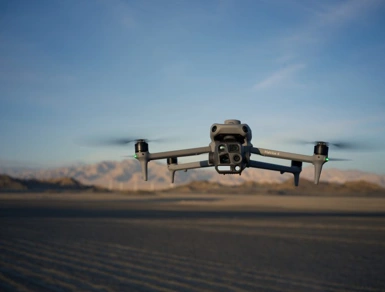At GAP Survey & Safety, our machine control solutions combine advanced hardware and software to help you implement smarter, more efficient construction projects from day one.
What Is Machine Control?
Machine control in construction uses GNSS, GPS and 3D digital models to precisely position your machinery. The result: the machine “knows” exactly where it is and what it needs to do. GAP’s machine control offering includes IMU tilt-compensating rovers and leading software platforms such as Trimble SiteVision. These systems integrate surveying workflows and onboard machine control to improve accuracy from the outset.
Why Use Machine Control?
- Improved accuracy: Fewer mistakes, tighter tolerances and less margin for error
- Reduced rework: Machines follow the designs directly, reducing field corrections and re-grading
- Enhanced safety: Less manual ground surveying and fewer personnel in potentially hazardous zones
- Time and cost savings: Less fuel, less labour and faster cycle times
- Better data integration: Real-time progress tracking, digital models and streamlined workflows
Machine control isn’t just an equipment upgrade, it improves the way your site operates.
Implementing Machine Control: Step-By-Step
Step 1: Assess Your Project Needs
Identify the areas of your project where machine control will add the greatest value: bulk earthworks, precision grading or trenching? Next, assess the scale of the equipment required and its compatibility with your project.
Step 2: Choosing the Right System
Decide between 2D or 3D machine control and determine whether you need GNSS base stations or total stations. GAP’s Survey experts can help guide you to the right mix of hardware and software for your site requirements.
Step 3: Prepare Accurate Site Data
Machine control relies on high quality inputs. Ensure you have:
- A reliable digital terrain model (DTM) or 3D design
- Accurate survey data
- Verified control points and base station locations
Good data = good results.
Step 4: Install and Calibrate Equipment
This setup includes:
- Mounting GNSS and IMU sensors
- Configuring machine control software
- Ensuring the system communicates correctly with hydraulics and onboard displays
Proper calibration ensures accuracy from the outset.
Step 5: Train Your Operators and Monitor Performance
Operator training is essential so your team can interpret guidance screens, manage model updates and understand system alerts. Ongoing monitoring and regular checks help you identify issues early.
Common Mistakes to Avoid
- Using poor-quality site data: inaccurate models lead to inaccurate results
- Skipping calibration: even small errors can cause major issues onsite
- Neglecting operator training: without confident users, performance drops
- Avoiding maintenance or updates: regular updates protect performance
Build Smarter with Machine Control
Machine control technology delivers faster, safer and more accurate construction projects, helping teams reduce costs and improve productivity at every stage. With the right system, data and support, implementing machine control becomes a seamless upgrade for your entire site.
GAP Survey & Safety provides a full range of machine control systems and expert support to help you implement the technology confidently and effectively.
Explore our machine control offering and contact us today to learn how machine control can transform your next construction project.





